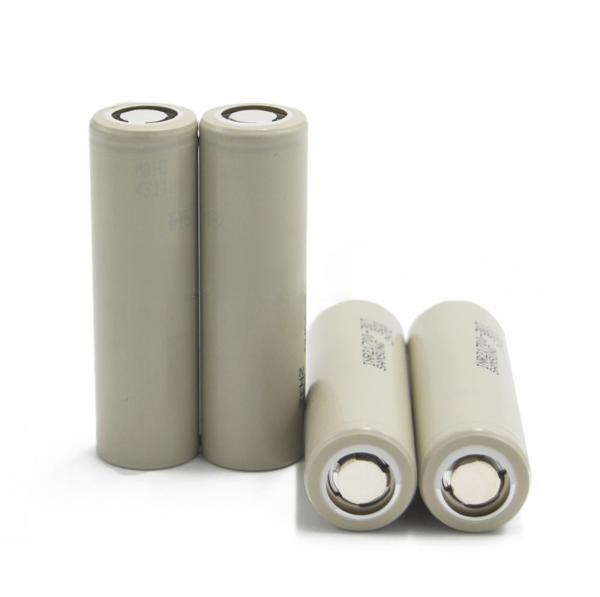MOOCH ARTICLE ON BATTERY.
While the test results are hard data, the conclusions and recommendations I make based on these tests are only my personal opinion based on my criteria for setting a rating. Carefully research any cell you are considering using before purchasing.
Testing cells at their limits is dangerous and should never, ever, be attempted by anyone who has not thoroughly studied the dangers involved and how to minimize them.
If the cell has only one current rating number on it, or if it only says "max" then I have to assume that the company is stating that the cell can be discharged at that current level in any way, including continuously.
Bottom Line
This is a 21700 cell. It is about 21mm in diameter and 70mm long.
This cell performs about as well as the 15A 4000mAh Sanyo NCR20700B down to 3.2V. While the internal resistance of this Samsung is a bit higher than the Sanyo, causing a bit more voltage sag, the higher capacity of this Samsung helps compensate for that.
The datasheets mention that the 9.6A continuous current rating given to this cell would result in reduced cycle life made me think it would probably end up being a 7A-8A cell in my testing. Especially considering that Samsung used 4.8A for their cycle life testing. But, I was wrong. Samsung does underrate their cells and this one has a 500 cycle rating at 4.8A. Even with the accelerated aging caused by using it as a 10A battery, versus as a 4.8A battery, the cycle life would only be reduced down to the level where the other batteries we use are rated, about 200 cycles. This is why I am still rating it at 10A.
This cell ran quite cool when discharged its continuous rating. Its limited more by its own higher internal resistance, causing greater voltage sag, than by high temperatures when run too hard.
This bottom of this cell is unique, being recessed and scored unlike any other cell I‰۪ve tested. It almost seems like the bottom is designed to split open, i.e., vent, if there is an over pressure situation. But there is no mention of this in the datasheet so assume I am wrong for now. If stacking these cells in a mod you will need a magnet between them to allow them to make reliable contact.
Both of the cell's I tested were 70.3mm long and were an uncomfortably tight fit in LUC V4 chargers. I do not know which others chargers they may or may not fit in.
The model number and batch/date code printing are on both the wrap and the metal can of the cell.
I am rating this Samsung cell at 10A and 4800mAh. Its maximum vaping amps (MVA) limit is 15A, limited by voltage sag. It would be an okay choice for vaping at up to about 65W per cell but under 40W-50W would be better.
The two cells that were tested were purchased for that purpose by me.
WARNING
- Misusing or mishandling lithium ion batteries can pose a SERIOUS RISK of personal injury, property damage, or death
- BATTERIES MAY EXPLODE, BURN, OR CAUSE A FIRE IF MISUSED OR MISHANDLED
- ONLY use with proper protection circuitry
- ONLY use within manufacturer specification
- DO NOT store loose in pocket, purse, etc. – always use a protective case
- KEEP AWAY from metal objects to prevent short circuiting
- DO NOT short circuit
- DO NOT use if wrapper or insulator is damaged or torn
- DO NOT use if damaged in any way
- DO NOT overcharge or over-discharge
- DO NOT modify, disassemble, puncture, cut, crush, or incinerate
- DO NOT expose to liquids or high temperatures
- DO NOT solder
- User must be familiar with handling lithium ion batteries before purchase
- Usage of batteries is AT YOUR OWN RISK

